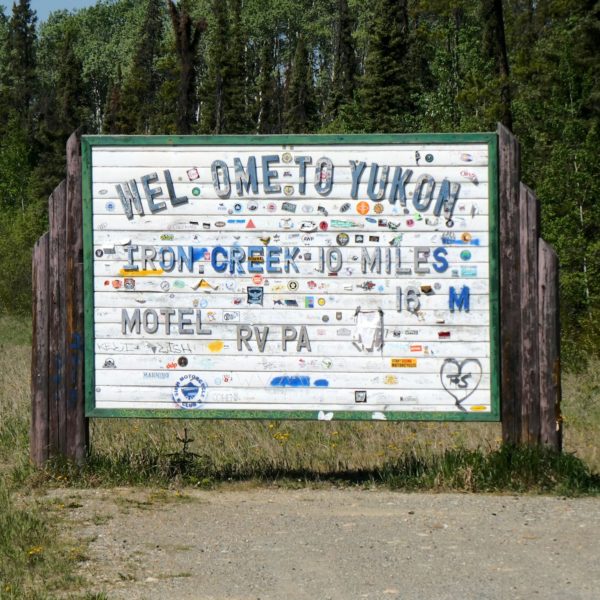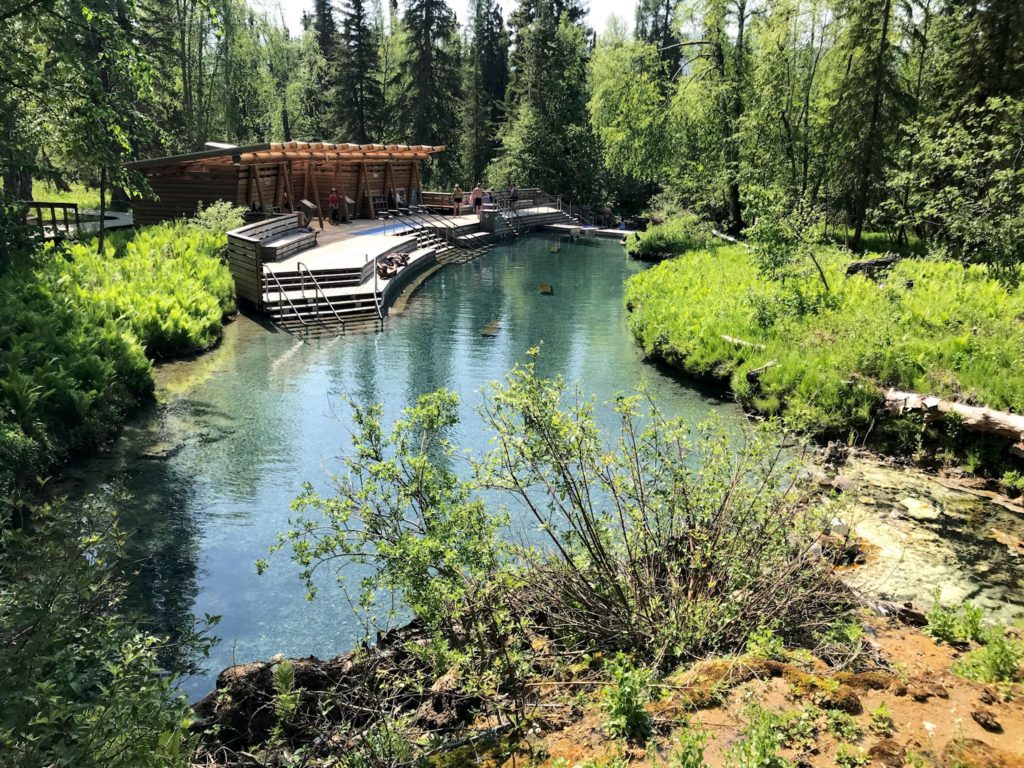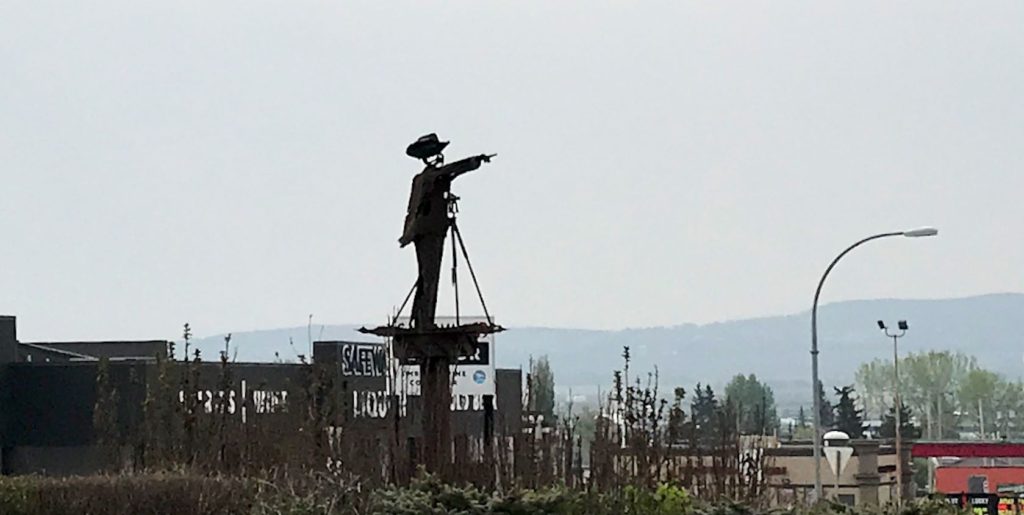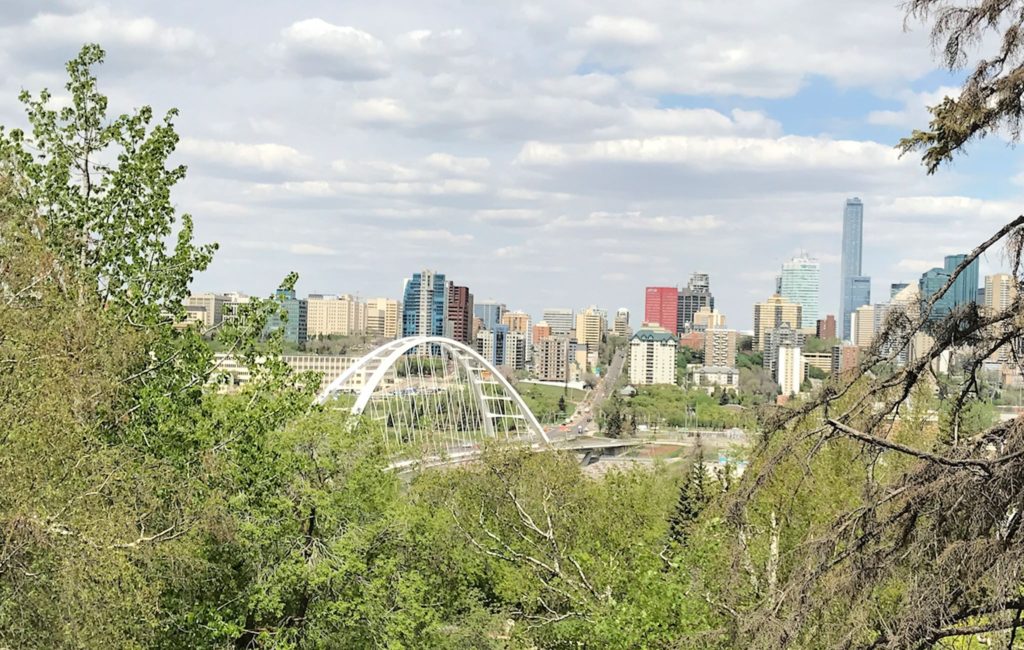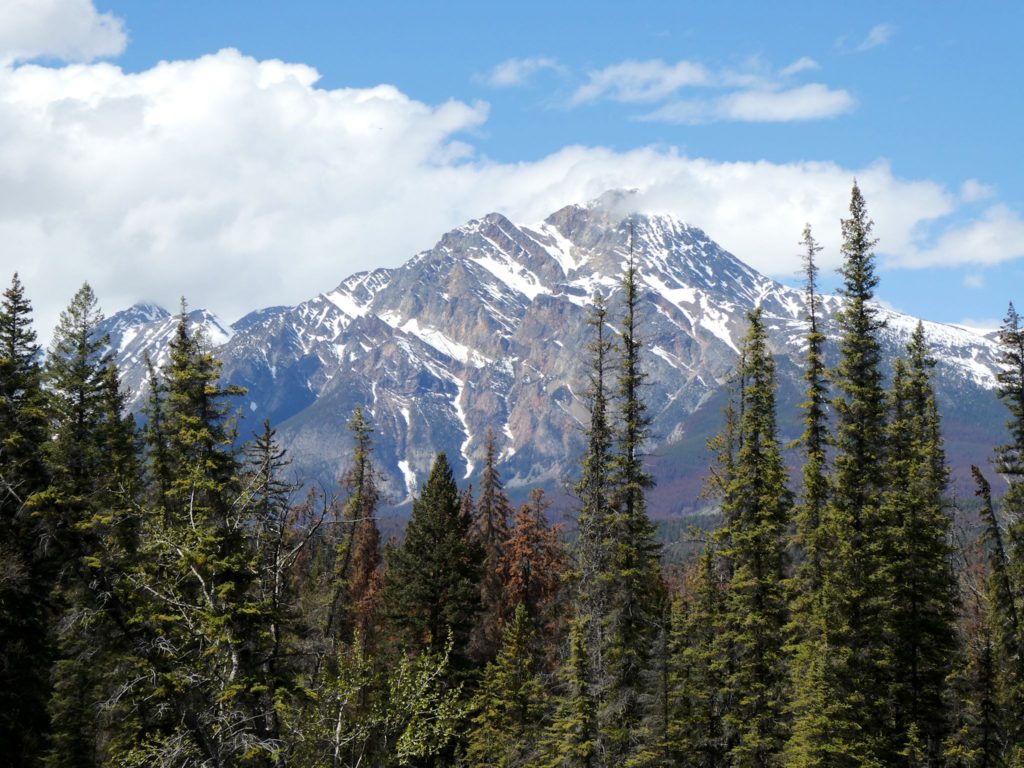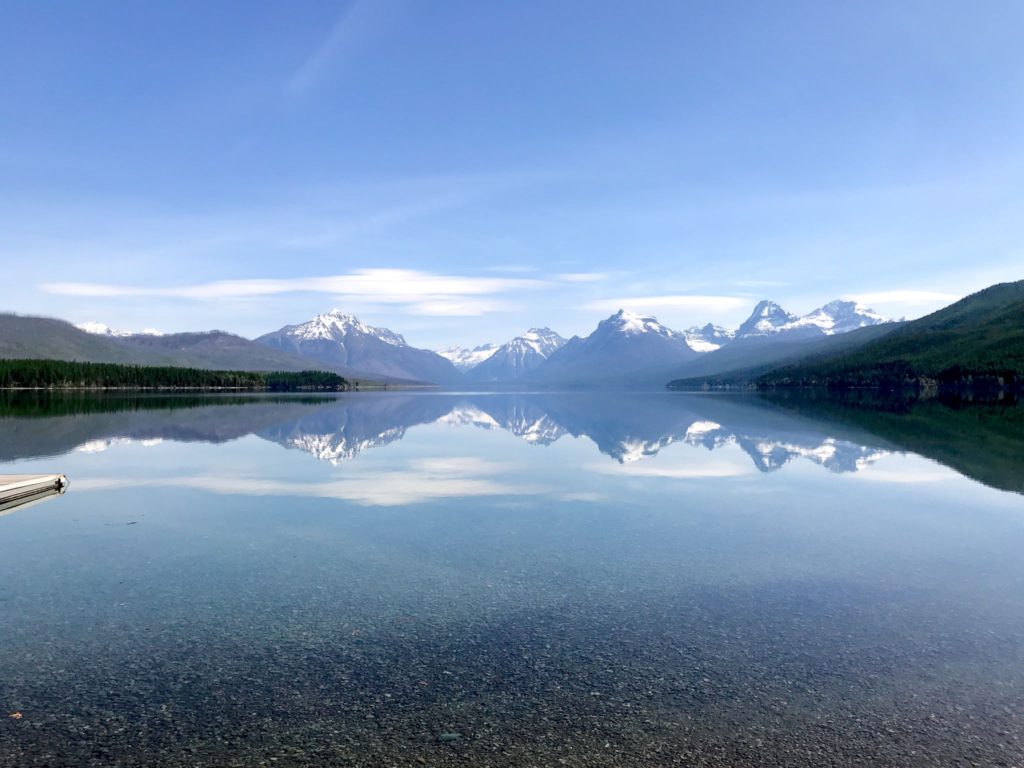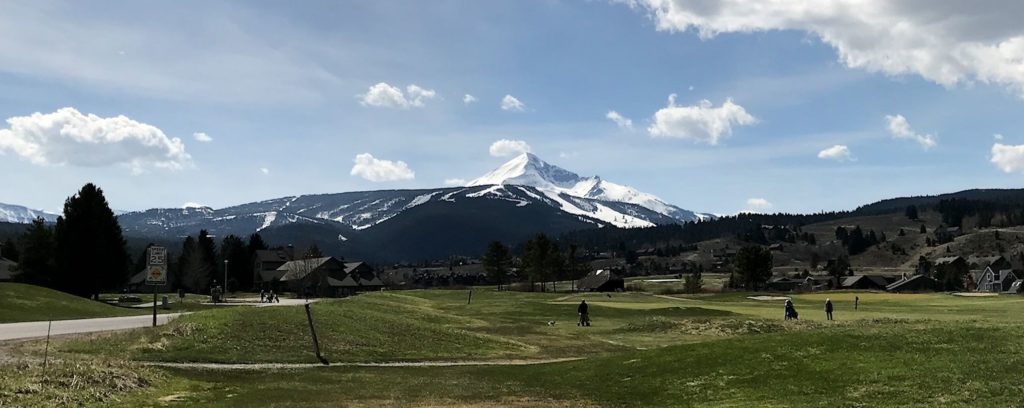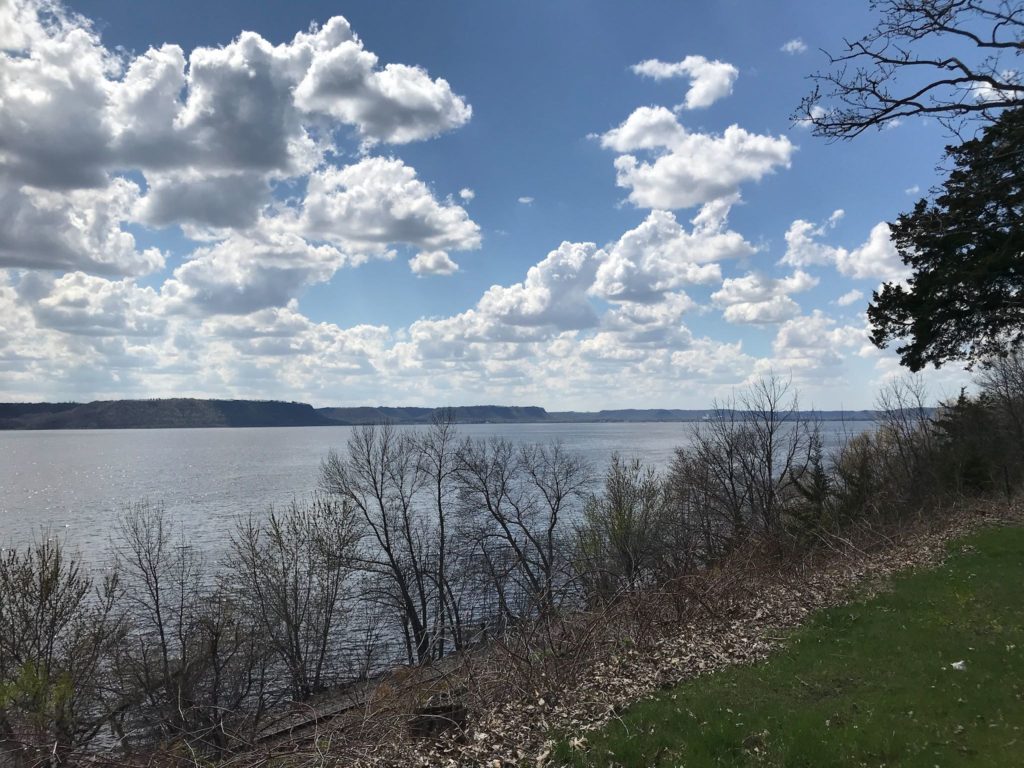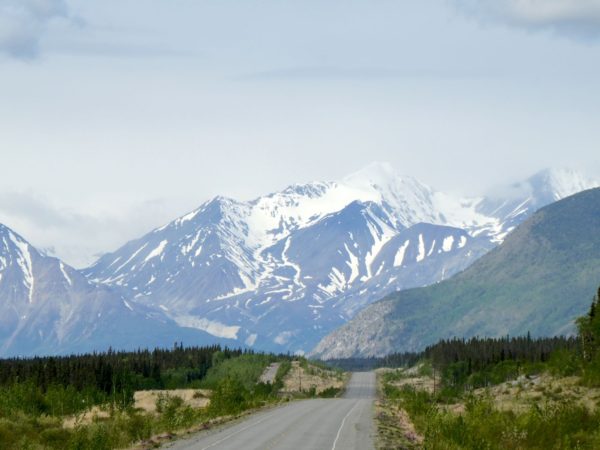
We’ve been on the Alaska Highway for 10 days. Several times a day, we pause and note – ‘Wow, that’s amazing!’ or ‘Look at that!’ Soon after we left Whitehorse, we started to see what appeared to be snow-covered peaks on the horizon. ‘Whoa, what’s that?’ As we approached Haines Junction, we realized the Kluane Range was in our faces. Our jaws dropped. We had to stop!
Literally. Ok, there was a crossroads in town where you had to bear left, turn right, or crash into the mountains that were in your face. According to the staff at the visitor center, these towering peaks were the foothills to the Kluane Mountains, among which are the 15 tallest peaks in Canada, #1 being Mount Logan at 5,959 m (19,551 feet). And although the Kluane National Park is ginormous, the only day hiking trails are right near Haines Junction. So we had to stop!
Continue reading “Haines Junction, YT/Kluane National Park”
